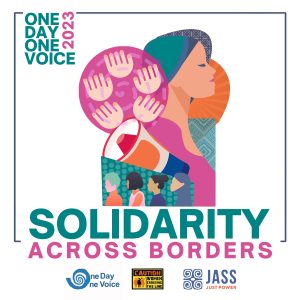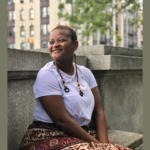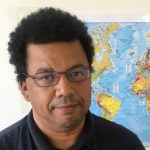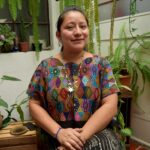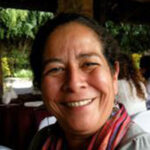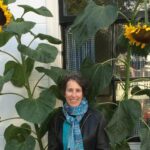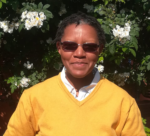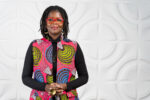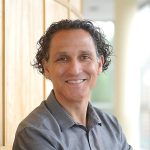Hope Chigudu, African feminist and social change leader: The Action Guide is an exciting and…
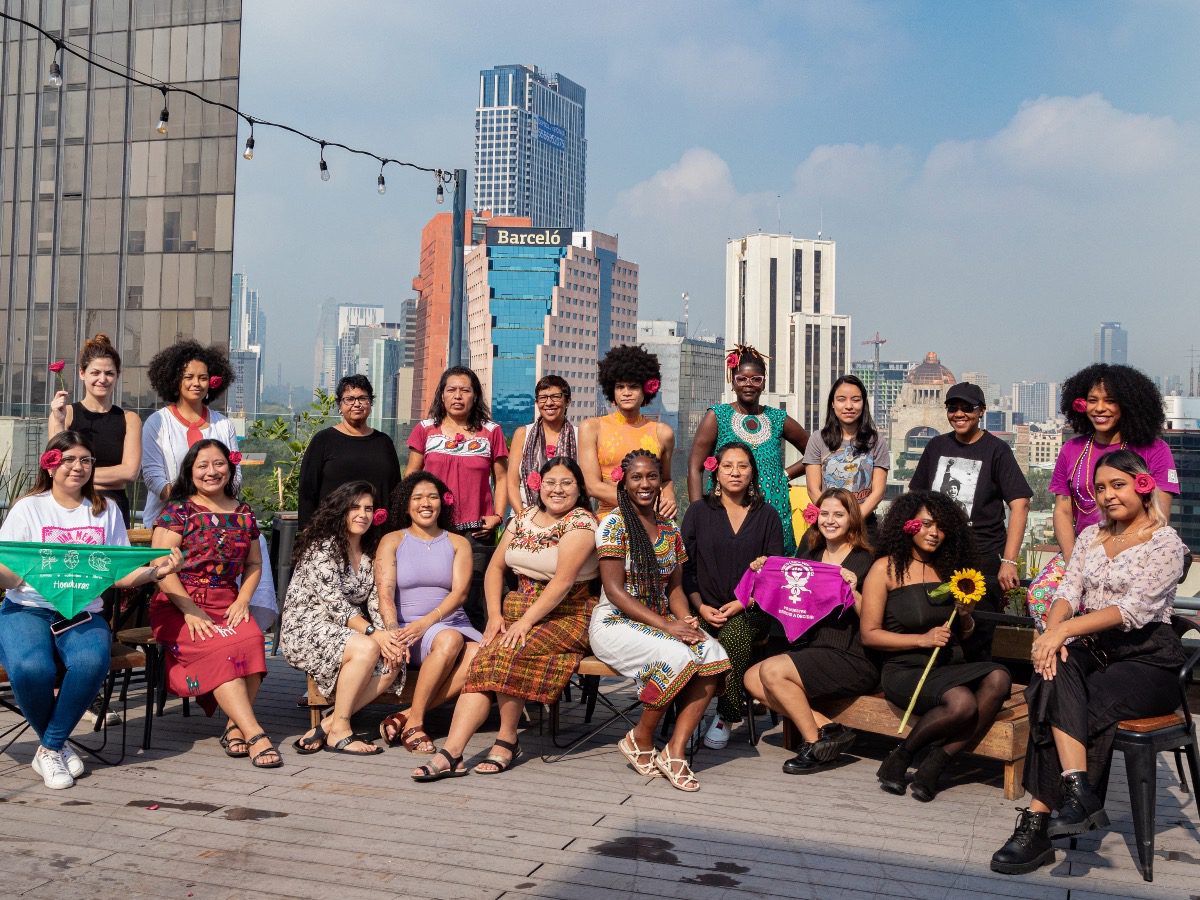
By Genesis Zorroza
The Regional Movement-Building School was a dynamic place in which to think about, analyze, and build international solidarity. It was a safe space where we, the members, were able to expose—in our own words—the different forms of violence we suffered and how these are linked to the social issues that kept us down and that required our collective action.
[We also examined] how the system employs various types of violence that come together structurally to reinforce, restructure, and maintain themselves, building “a house of multiple oppressions” that has historically been determined to keep us trapped in individualism, making us believe that collective action was basically impossible. For this reason, the creation of spaces like the School is fundamentally anchored in building a place “outside that house” for peace, collectivity, trust, and belonging, because other realities are possible. It was a space to question where and how we learn what we know, and the ways in which we “inhabit” the house that holds up the system that oppresses and violates us and keeps it functioning.We discussed power in these spaces–how it is constituted and how we can transform it in favor of our struggles. Because building movements is building political power and creating possibilities. Building, organizing, mobilizing, and transforming power is essential to create, develop, sustain, and build lasting movements.
However, part of the system’s subsistence mechanisms is to co-opt movements, to attempt to modify them for its purposes and so continue to reproduce itself. Then the need arose to see and recognize ourselves through the eyes of power and those who hold it, to recognize our struggles and how they interconnected and sustain each other, with agendas that prioritize racial, gender, and class justice in our solidarity alliances as part of the constant transformations of our environment.
In this way, we build transnational solidarity from the collective, with links that allows us to work and stay together. To think outside our realities only and always move towards collective action.
In this sense, movements need different leaders in multiple and different places to combine strategies and create collective action. Because we all contribute something important, and see ourselves reflected in different struggles motivates others to learn more and strengthen themselves. Because the system is the same for everyone, and, just as it is interconnected to survive, we have to interconnect our struggles to move forward and confront this “beast.”
Lastly, I would love for those who were not part of this transcendental school to know that it was a safe place that cared about us, saw us, recognized us, validated us, and was interested in us and our struggles. That cared for all dimensions of our being and was deeply committed to building collective possibilities. But above all, it was a space that must undoubtedly be replicated at all scales. This will definitely change our realities.


